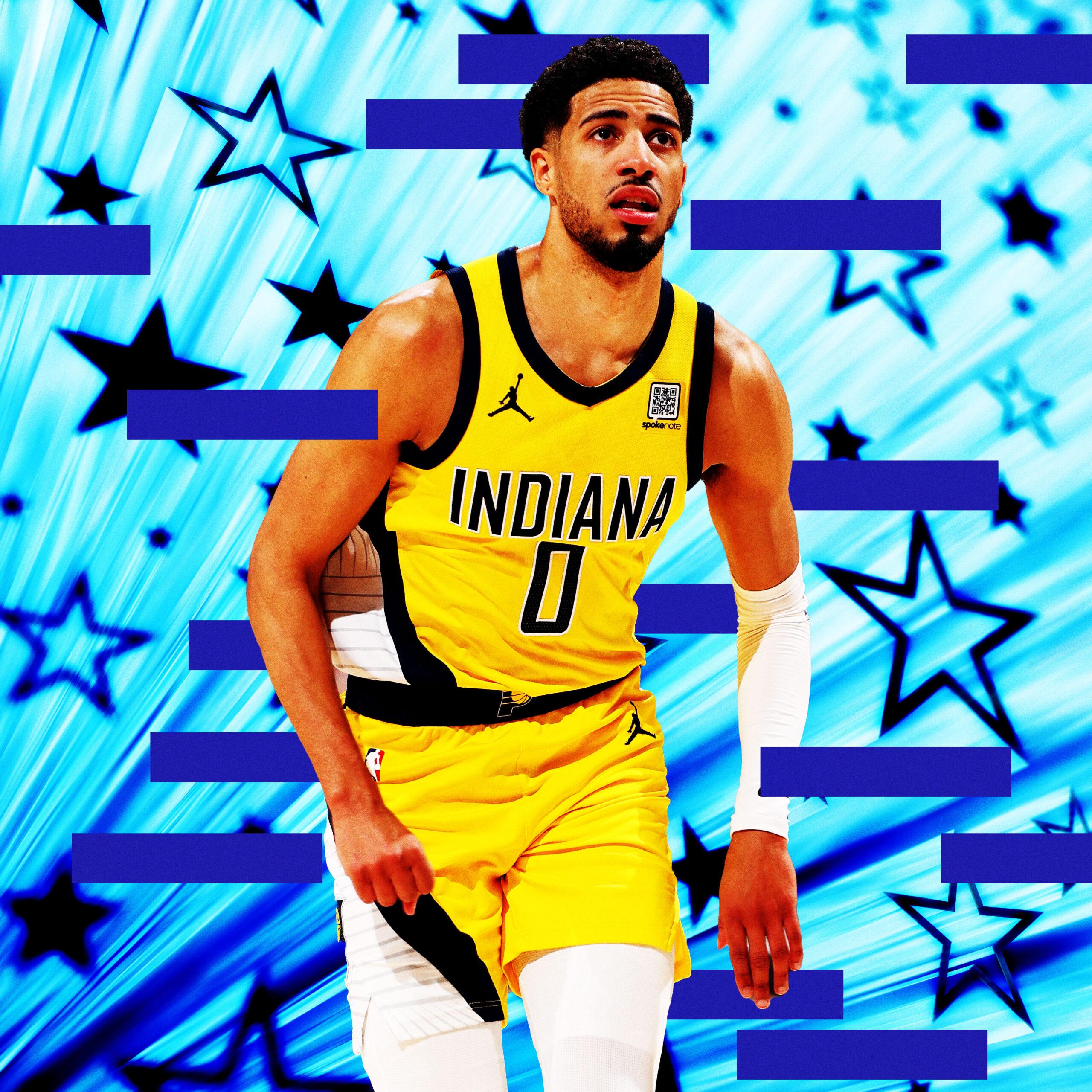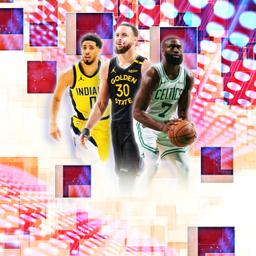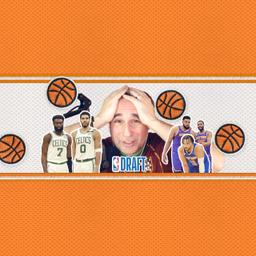
In a series that was expected to highlight irrepressible talent, acres of space, and offensive execution that unfolds at the speed of sound, the first two games between the Indiana Pacers and Cleveland Cavaliers have been undercut by a few unfortunate injuries.
Darius Garland has yet to play, while Evan Mobley and De’Andre Hunter both missed Game 2, key absences that have helped Indy take a commanding 2-0 lead. Tyrese Haliburton’s 41 points, 70.5 true shooting percentage, 17 assists, one turnover, and one big-balls dance are a major reason why. But the deficit is not a death sentence if the Cavaliers can get healthy and settle into a rotation that helped lead them to a dominant 64-win season.
There are a few tactical prerequisites Cleveland has to embrace if it wants to make this series competitive; maybe the most critical one revolves around the need to hold Haliburton’s most overt flaws under a magnifying glass. Simply put, the Cavaliers should make him defend ball screen after ball screen after ball screen. Things look bleak for Cleveland right now, but there may be a light at the end of the tunnel if it can repeatedly gain an upper hand at the point of attack and actualize a verifiable postseason truism: Every team is only as strong as its weakest link.
This season, Haliburton ranked fifth overall in offensive estimated plus-minus. He’s a brisk whirlwind of stepback 3s and passes that elevate his teammates to a threat level most would not otherwise reach. Cleveland’s defense, like Milwaukee’s in Round 1, is trying its best to make Haliburton score one-on-one, and he’s responded by generating 1.3 points per chance in isolation—the most out of the 25 players who’ve logged at least 25 possessions this postseason, according to Sportradar.
The flip side, though, is a glaring target who ranked 375th in defensive estimated plus-minus. There’s a fascinating, diametric tension here in how Haliburton dominates roughly 50 percent of his minutes and looks helpless for the other half: stoking fear with a puffed-out chest in one moment and then, literally two seconds later, becoming the most vulnerable person in the arena.
The Cavaliers were aware of all of Haliburton’s shortcomings coming into this series and have responded by directly involving him in as many pick-and-rolls as they can. That means when he’s guarding Max Strus, the Cavs will habitually begin their possession by having Strus come up and set a ball screen—the higher up the court (a.k.a. the more room to work with), the better. If Haliburton hedges—as he’s wont to do—and is then either too slow in recovery or can’t get back at all, Strus can pop into space and find himself open for a 3:
Everything is dependent on who’s handling the ball, who’s setting the screen, and who/where the other three Cavaliers are. But when Haliburton switches onto Donovan Mitchell, it generally puts a strain on everybody else, and the Cavs can take advantage of that. Watch what happens on this play when every Pacer isn’t on a string: After Haliburton switches onto Mitchell, Andrew Nembhard waves back at Bennedict Mathurin to communicate the need for a help rotation when Nembhard shades too far off Ty Jerome:
Sure enough, Mitchell whips a pass to Jerome on the wing, but Mathurin is a step slow and fouls him. It’s not that Haliburton is a complete failure on defense. He’s quite instinctive, with twitchy hands and long arms. He knows where to be, closes out on balance, and actually has one more block in these playoffs than Clippers center Ivica Zubac. But his most helpful traits on that end are useless against elite scorers who don’t see, feel, or acknowledge his resistance. There were sequences in Game 2 in which Mitchell’s aggression just kind of decided what would happen. There was no opportunity for anything but a switch, which gave us some real bull vs. matador sequences the Pacers obviously want no part of going forward:
There have already been a couple of other examples in this series where Mitchell bullies Haliburton into the paint but then misses at the rim. For a defense that doesn’t want to surrender a blatant mismatch and then compromise elsewhere behind the play, those are breaks, not solutions. (The 48 points Mitchell scored in Game 2 were not a fluke.)
Of course, in hunting Haliburton, the Cavaliers are not necessarily trying to simplify their game plan. The goal is to crack a hole in Indiana’s defense and then eventually punch through it. If that comes in isolation, so be it. But if Haliburton wants to hedge or blitz, the Cavs are perfectly fine putting the Pacers in rotation, forcing them to scramble, and then capitalizing elsewhere:
Things will change if the Cavaliers can get healthy, but until then, they will directly involve Isaac Okoro in their attack, a give-and-take in Game 2 that saw him make quality decisions out of the short roll …
… but then also be in spots where he had to make decisions against a set defense, which is exactly what the Cavs don’t want. They were eventually bailed out by Nembhard’s foul on this particular play, but possessions like this are a gift for the Pacers:
It’s all a balance. Generally speaking, Cleveland must be careful about not getting overly obsessed with the target on Haliburton’s back. There’s only so much time in a possession, and if they don’t get a switch or an edge right away, it’s best not to force it:
But attempts should be frequent, if not the introduction to every possession, whether engaging Haliburton on the ball or, if he’s guarding Strus or Sam Merrill, having him chase 3-point shooters off screens. In addition to wearing the Pacers point guard’s body down and allowing him to take a breath only when Indiana has the ball (which the Pacers clearly do not want), all this physical exertion has the potential to put him in foul trouble, reduce his minutes, and force Rick Carlisle to make some difficult decisions.
Over the course of a long series—which this can still be—Indiana will search for different ways to compensate for Haliburton’s woes, and it may find refuge here and there or get lucky when the Cavaliers simply miss some of the good looks that are granted by his defense. The Pacers will do a lot of what’s already happened—hedging and switching, mostly—but also sprinkle in some blitzes, pre-switch, scram-and-peel switch, switch and then send a second defender, shrink the floor, and stick him in the back of a zone. It’s all on the table. Indy will toggle between coverages and make everything as unpredictable as possible. The Cavs will counter. Chess will commence.
That’s the beauty of the playoffs. The Pacers know exactly what their opponent wants to do, but—assuming Cleveland gets healthy and is able to function at full strength sooner rather than later—it’s unclear whether they can do anything about it. At the same time, Haliburton, the man at the center of it all, can still be brilliant enough with the ball to neutralize, if not snuff out, his own flaws.
Various factors will ultimately decide the rest of this series. The most pivotal just may be Indy’s ability to withstand Cleveland’s relentless attempts to make Haliburton look more culpable than a player of his status should be.



